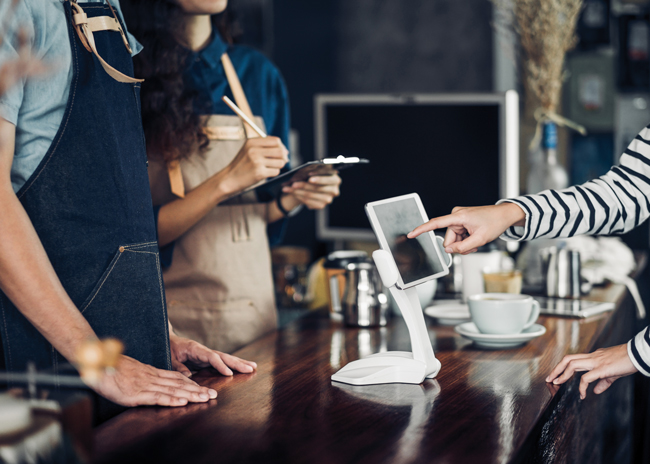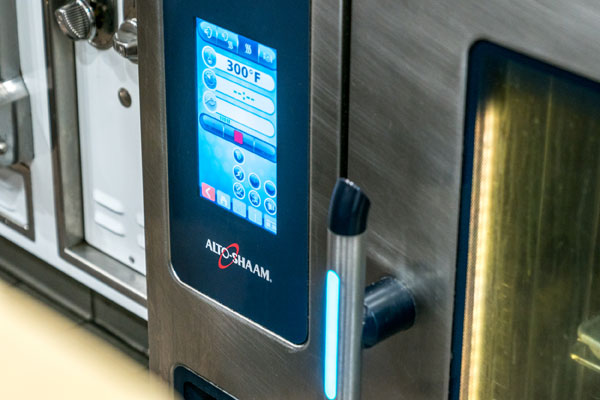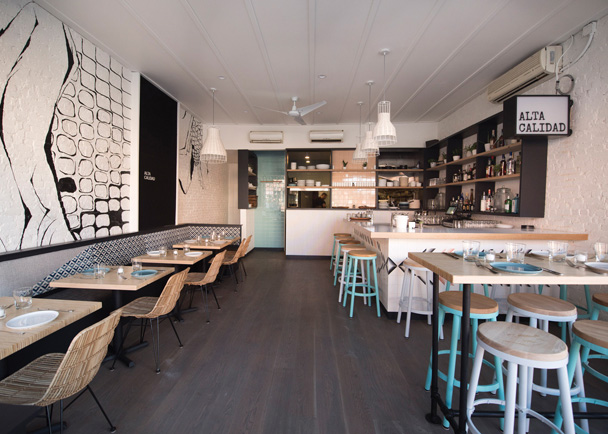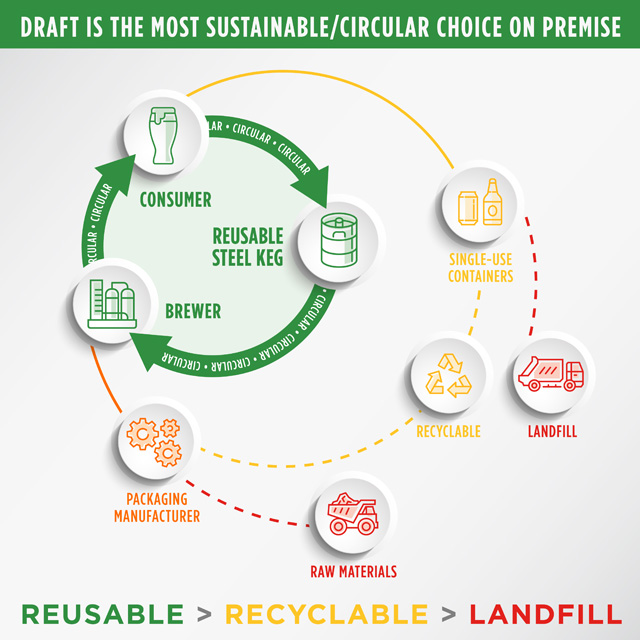There are a number of factors that can impact restaurant design. Trends and new technology have been the most prevalent until COVID-19 came on the scene. This has prompted a pivot in the foodservice industry that has led to dedicated takeout and pickup areas, barriers designed to mitigate spreading the virus and an influx of materials that are easy to clean and sanitize.
Still, diners’ expectations of dining out have remained high, as they are seeking an experience as well as a feeling of safety. The latter has been dominant over the last year, with 76 percent of consumers saying a restaurant’s cleanliness and food safety procedures will always matter more now than it did before, according to Datassential’s June 2020 report, “The Seven Lessons of a Pandemic.”
Materials also have been a focus, with easy-to-clean tables and chairs and non-porous and even antimicrobial upholstery. Flexible composite materials provide additional safety measures that not only add eye appeal, but are affordable, functional and hold up well over time.
Safety extends to components of a restaurant, including flip up bars and counters and kitchen equipment lids and doors. Providing an added measure of employee safety, counterbalance hinges ensure fingers won’t get slammed and injured during busy periods.
Along with additional safety measures, the pandemic has also prompted many restaurants to add or expand their outdoor spaces, providing more seating options to mitigate mandated limited capacities indoors. Along with innovative barriers such as green façade solutions, umbrellas are a prime component, protecting diners from UV rays and blinding sun.
Reimagining design may have taken on a different focus, but form and function remain top of mind for restaurant spaces.




